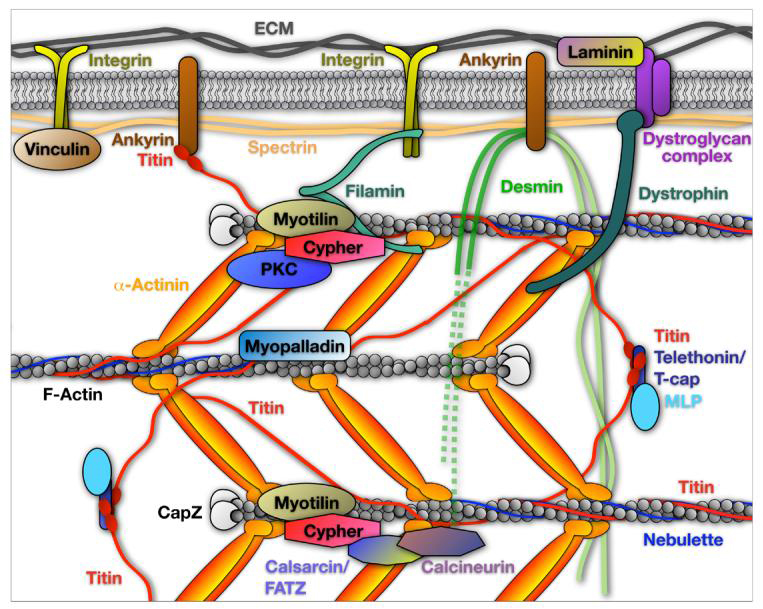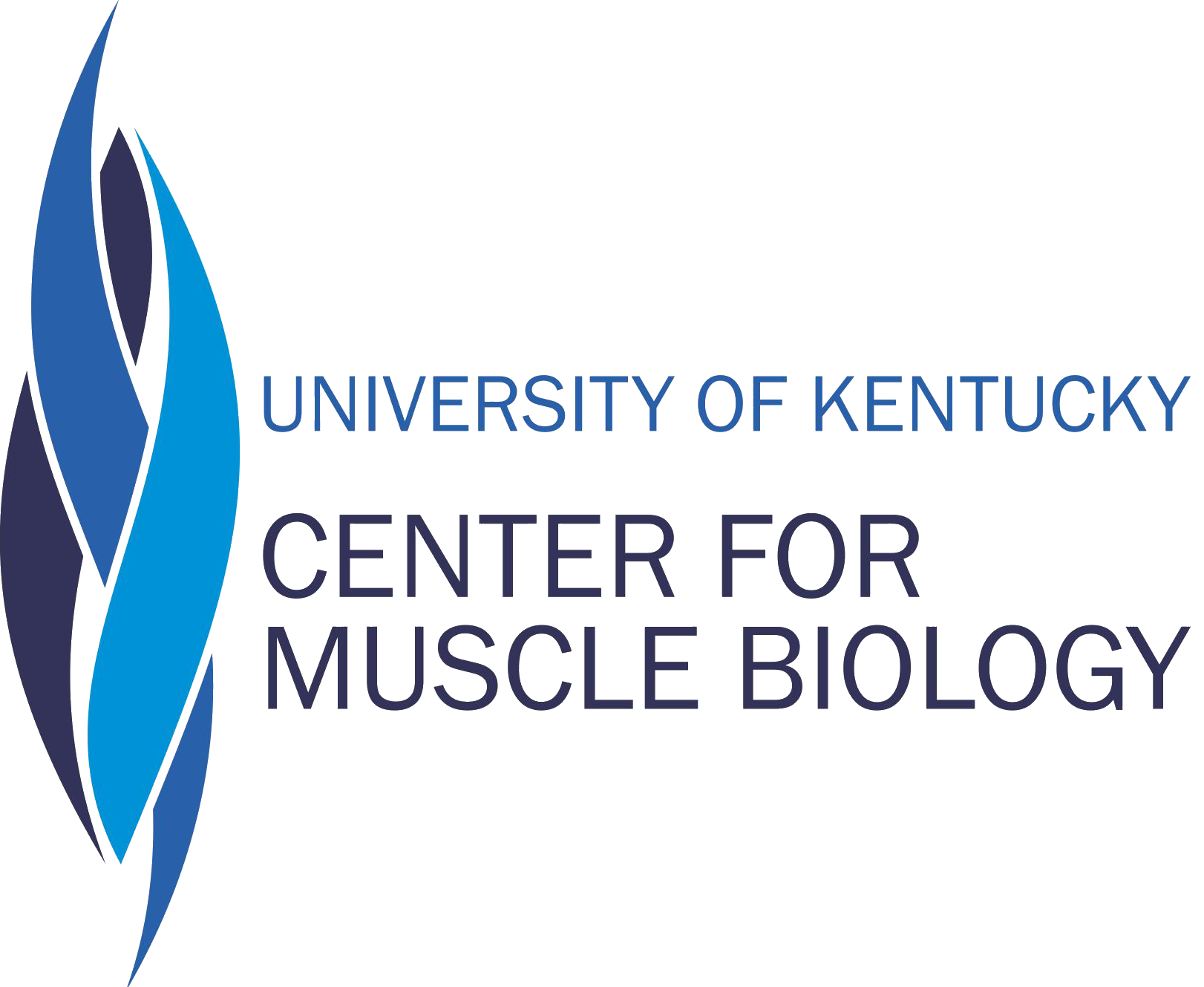
Educational content related to skeletal muscle
| Back to teacher Home Page | |||
 |
|||
|
Educational content related to skeletal muscle |
|||
|
|
|||||||||||||||
|
The purpose of this web page is to provide information for ongoing outreach projects with researchers, science teachers in middle and high schools as well as the general public. We are designing educational modules for middle and high school teachers. The teachers can then use material as needed for their educational units. |
|||||||||||||||
|
Too often life science is distilled into disparate facts addressing major biological concepts, but lacking purpose for learning and applying knowledge to real world contexts. The driving principle of this project is to build learning modules employing real world scenarios to foster authentic scientific investigation in biological science, in particular, the study of skeletal muscle cells and the effect of disease on cell function. Authentic scenarios describing symptoms of a disease apparent in some adolescents anchors learning of cellular structure and functions and offer motivation for building knowledge on cellular functions. Content addressed in modules aligns with the Next Generation Science Standards (Achieve, Inc., 2013) for middle and secondary life science, Engineering Design, and Science and Engineering Practices, and promotes critical thinking skills in biological science. Module activities begin with an introduction to the basic cellular structure and function, with particular focus on skeletal muscle cell. Subsequent investigations include a review of the literature to learn the effect of disease on skeletal muscles, and creation of low- and high-tech 2D and 3D models to study effects of disease on healthy skeletal muscle cell functions. Vernier force probes and SketchUp (http://www.sketchup.com/learn), a 3D software program, are used to create high-tech models for studying and illustrating cell dysfunctions inherent to the targeted disease. The module presented in this presentation uses Muscular Dystrophy as the anchor for exploring its effects on skeletal muscle cell functions, and subsequent observed effects. Muscular Dystrophy was selected as a targeted disease because of its prevalence in adolescents in middle, secondary, and college levels. Many healthy adolescents may know peers with the disease, but lack understanding of its effects on the body. Further studying skeletal muscle cells in this context requires in depth study of the whole cell and its relationship with the plasma membrane and whole tissue to explain the disease. Modules are designed in a multilevel approach for easy adapting to middle, secondary, and college levels. Pre and post testing with treatment and control groups will be used to evaluate changes in student content knowledge of cellular functions, effects of disease on these functions, and science and engineering practices.
|
|||||||||||||||
 |
|||||||||||||||
|
Module 1 (middle school) : Go to Module 2 (high school): Go to PPT poster presented: download |
|||||||||||||||
| KSTA-ppt | |||||||||||||||
|
Muscle fatigue classroom exercise: YouTube and protocol (MS word or PDF) Overview movie of project for middle or high school level (download to your computer- large file 1.2 GB). Same movie but on a Youtube link (lower resolution)https://www.youtube.com/watch?x-yt-cl=85114404&v=9gkkEuSttxo&x-yt-ts=1422579428 |
|||||||||||||||
| .................................................................................... | |||||||||||||||
|
Sheikh F1, Bang ML, Lange S, Chen J. (2007) "Z"eroing in on the role of Cypher in striated muscle function, signaling, and human disease.Trends Cardiovasc Med. 2007 Nov;17(8):258-62. |
|||||||||||||||
|
Movie to watch: Muscle man EMG music Download and play - mechanism of myosin |
|||||||||||||||
|
Participants designing this content are : MICHAEL P. SCHULTZ, Dept. of Biol., & Center for Muscle Biology, Univ. of KY. REBECCA KRALL, Dept. of STEM, Univ. of KY ESTHER E. DUPONT-VERSTEEGDEN, Div. Physical Therapy, Dept. Rehabilitation Sciences, Col. Health Sciences, & Center for Muscle Biology, Univ. of KY. SUSAN MAYO, P-12 Math and Science Outreach Unit of PIMSER, Univ. of KY. DIANE JOHNSON, P-12 Math and Science Outreach Unit of PIMSER, Univ. of KY. KIM ZEIDLER-WATTERS, P-12 Math and Science Outreach Unit of PIMSER, Univ. of KY. ROBIN L. COOPER, Dept. of Biol., & Center for Muscle Biology, Univ. of KY. (Click on icons below for links to groups) |
|||||||||||||||

|
|
 |
|||||||||||||
 |
|||||||||||||||
|
website
maintained by Robin L. Cooper. Contact: RLCOOP1 at UKY.EDU |